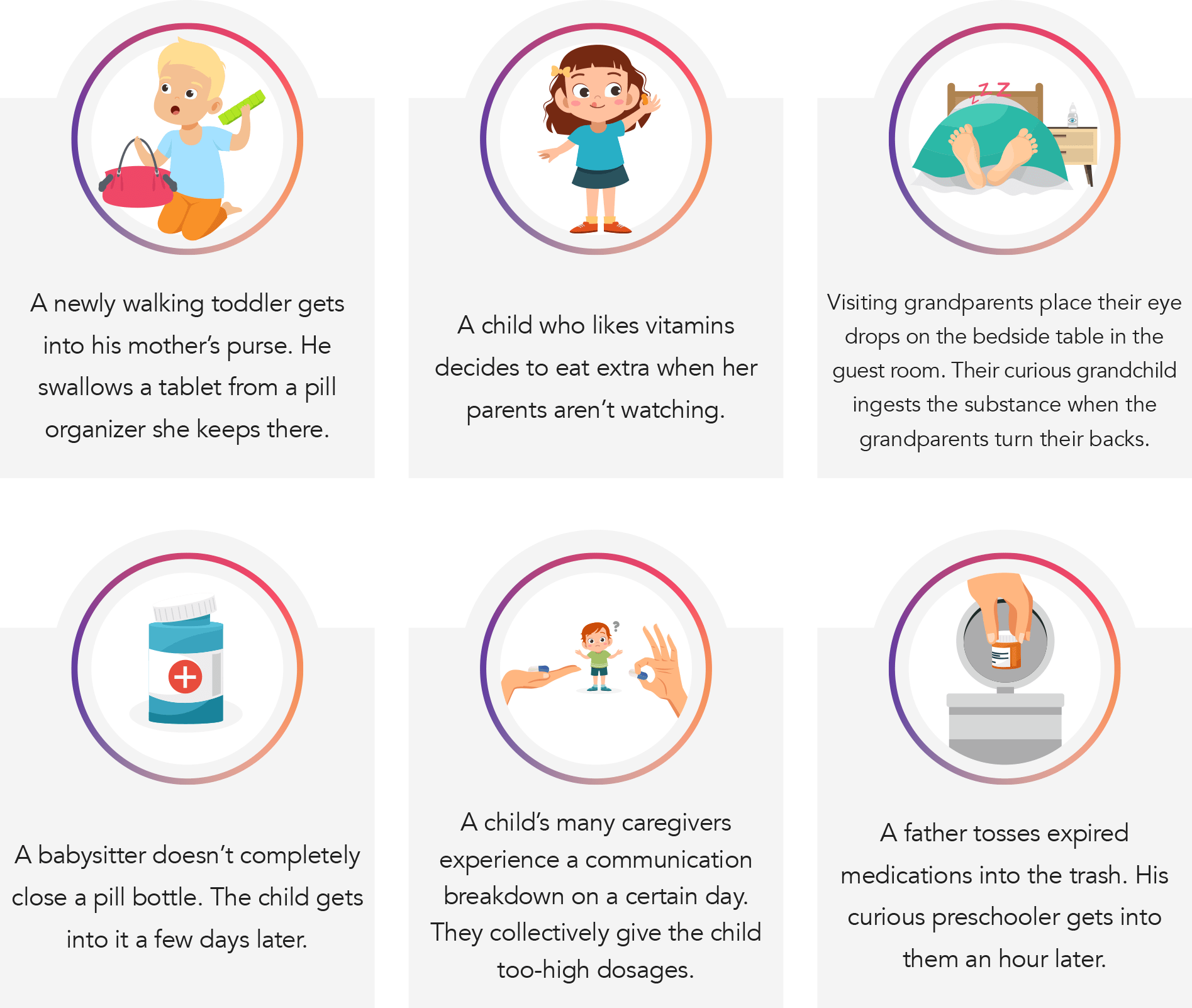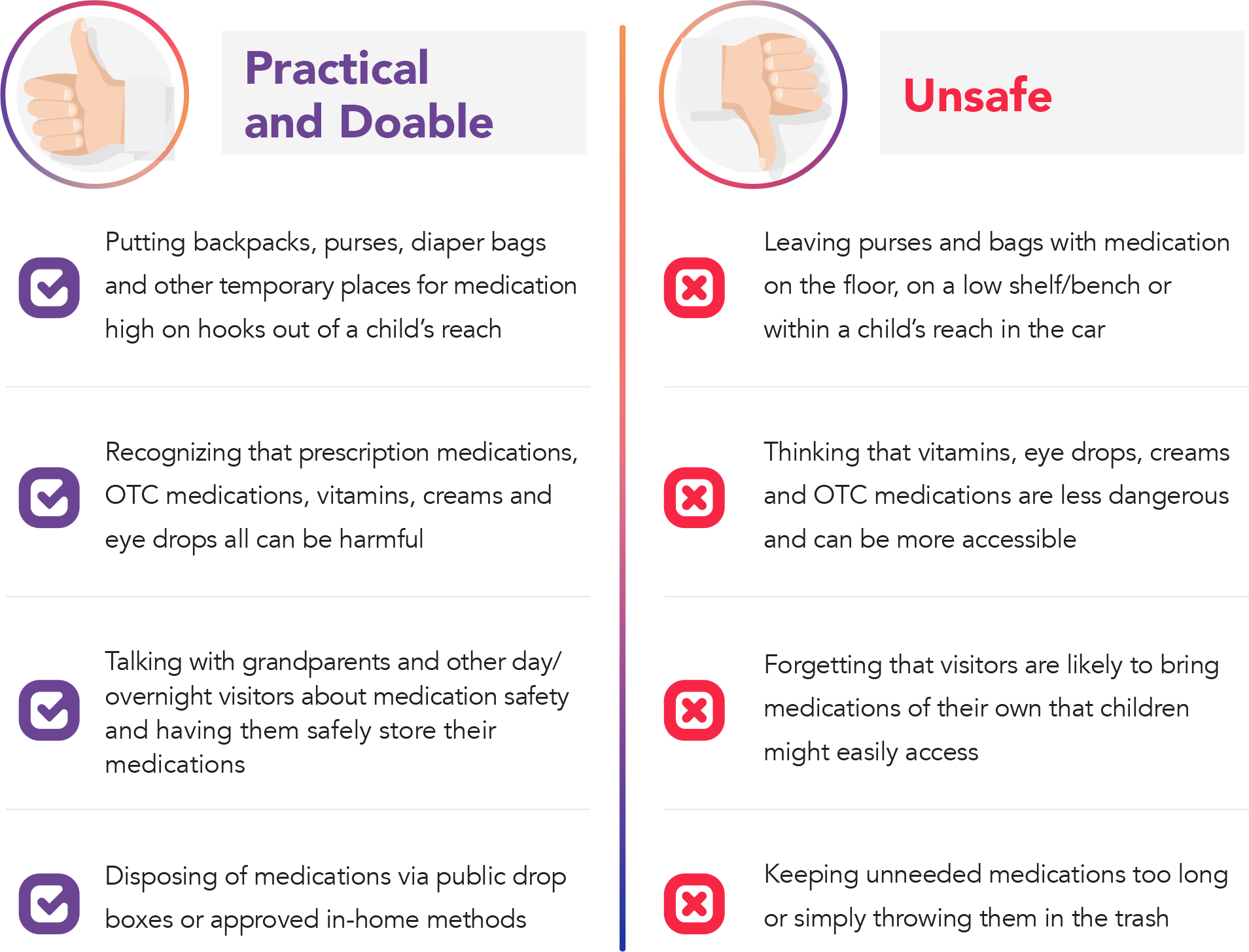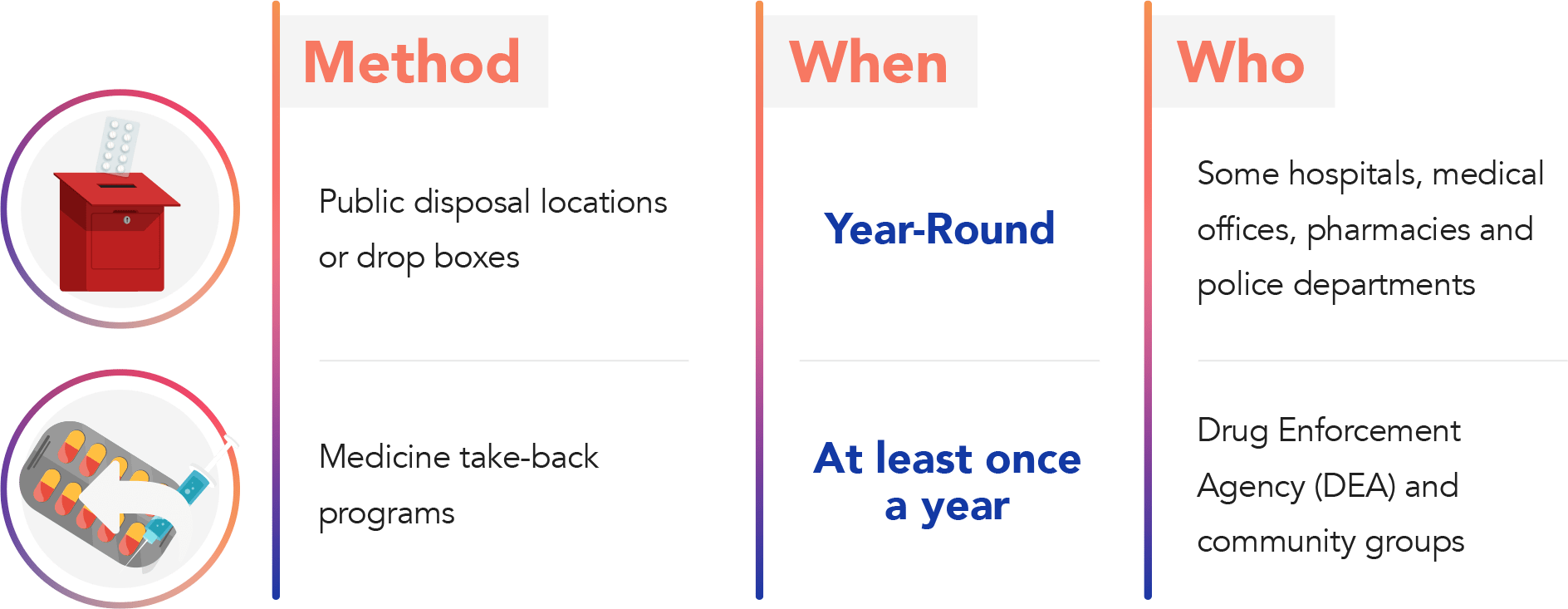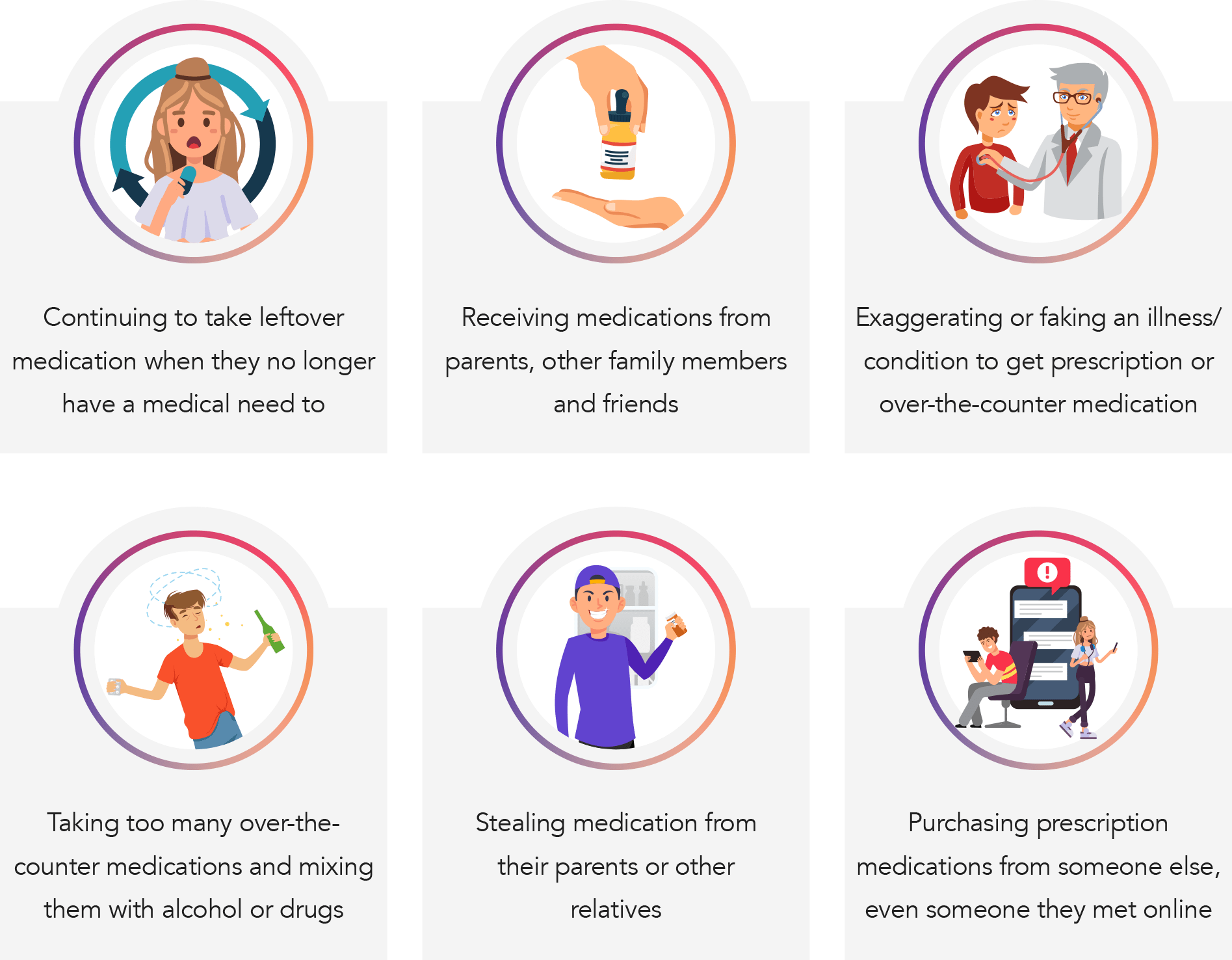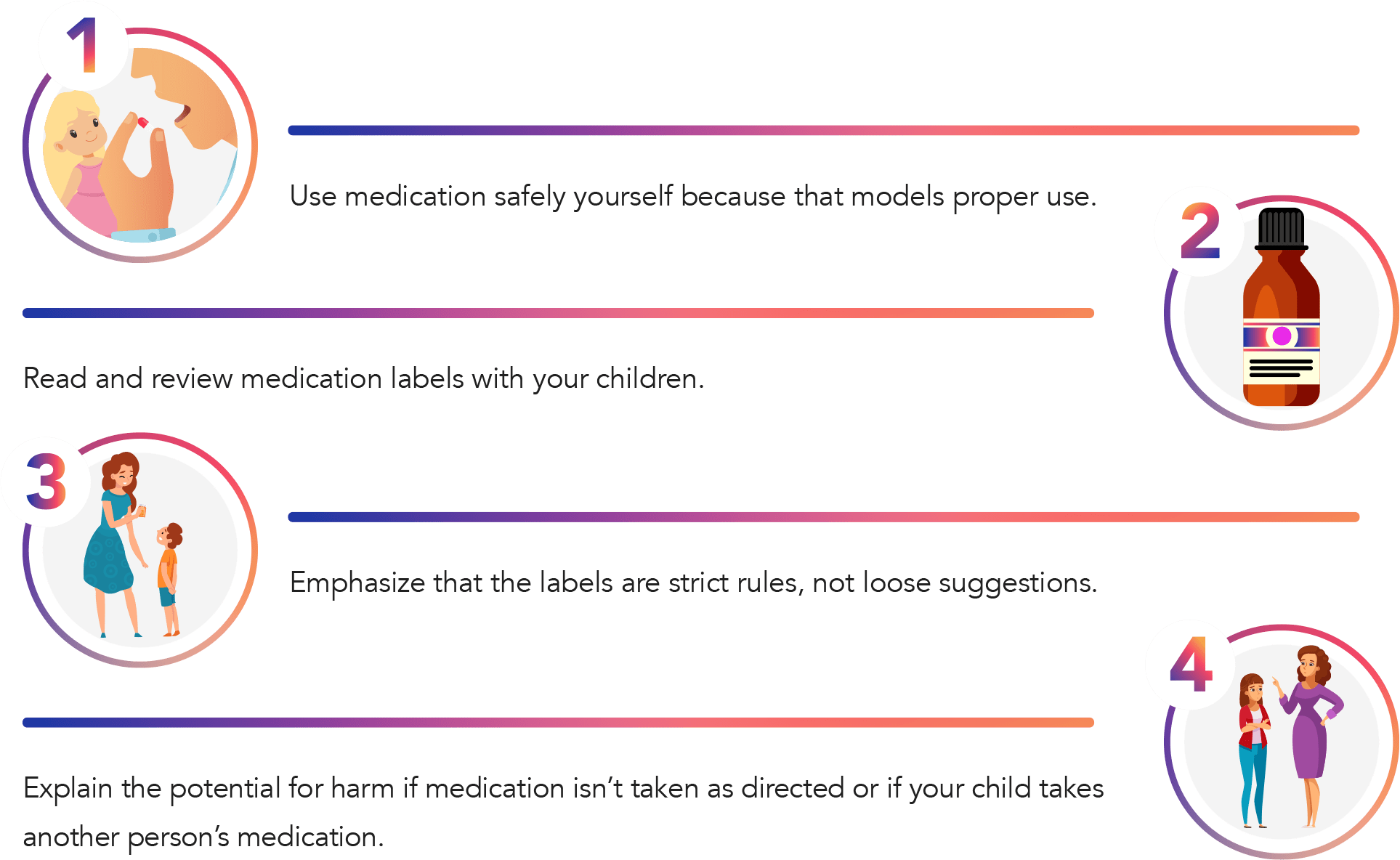Medication Safety Tips: A Guide to Protecting Children
Many medications are literal lifesavers. They help people heal, and they reduce the symptoms of illnesses. They restore folks’ quality of life. However, they can pose their share of risks. For example, medication may be just as dangerous for children as antifreeze and cleaning products. In fact, Safe Kids Worldwide published a report in March 2020 showing that five children in the United States go to the emergency room every hour for medication poisoning.
Then there’s child and teen misuse. A common scenario occurs when teens secretly take their parents’ powerful prescriptions to get high or to sell to schoolmates. Even over-the-counter medications can be dangerous. More than 120 contain dextromethorphan (DXM). Teens who ingest enough DXM can get high and experience serious effects.
Medication safety involves kids themselves as well as parents, grandparents, medical professionals, aunts, uncles, babysitters, caregivers and the many other people who come into contact with children. This guide reviews how accidental medication poisoning occurs and how households can securely store medication (and dispose of it safely). In addition, it touches on teen misuse of medications.
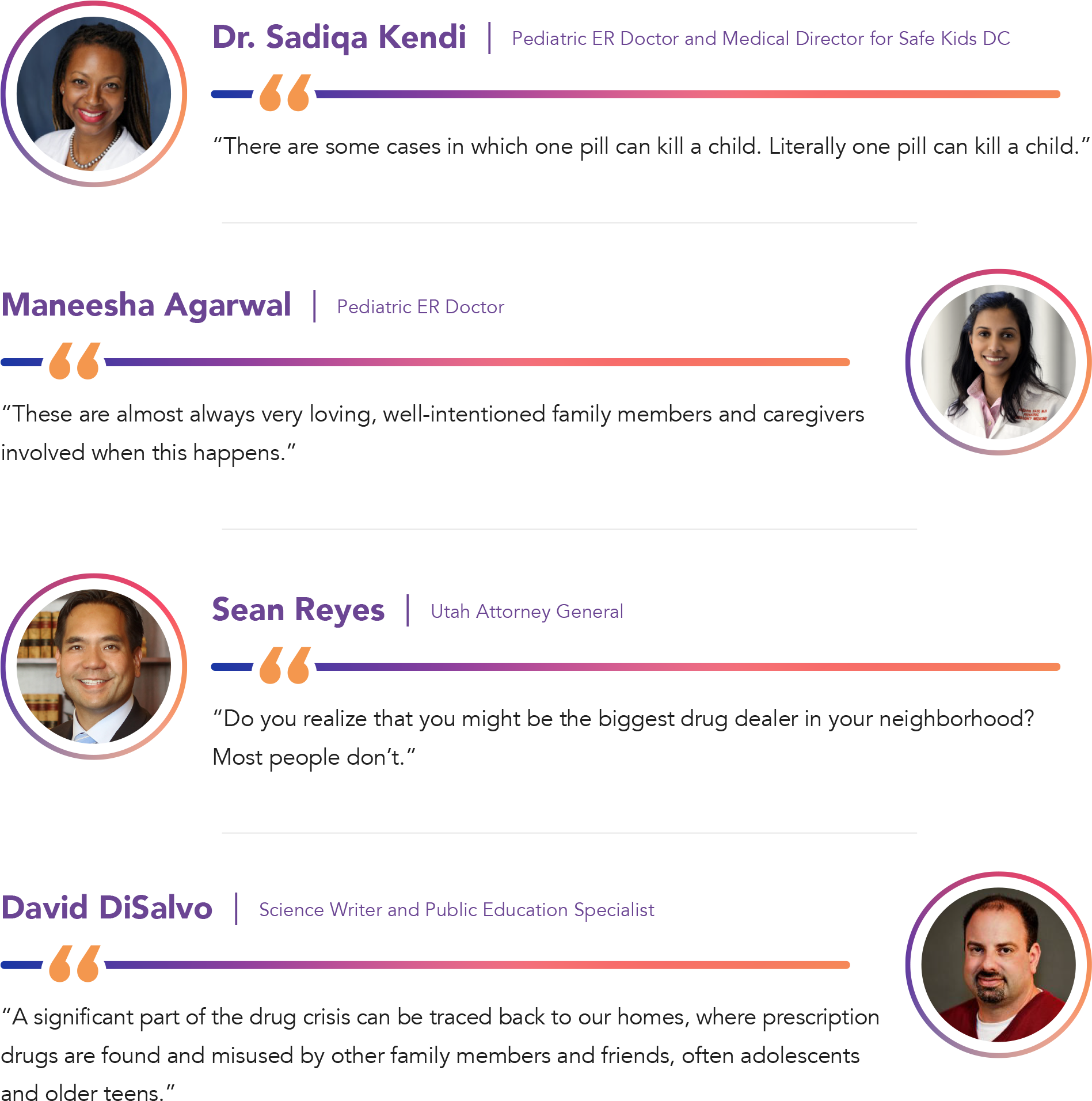
Caregivers and
Medication Safety
“Medication” can be a misleading term. For example, it includes substances such as vitamins, diaper rash creams and eye drops. This misconception often leads to unsafe storage of these medications. However, the reality is that it doesn’t take much for any medication to be secured unsafely. A lapse of just a few seconds can lead to accidental poisoning.
Common Scenarios
Children grow fast. A baby who was barely crawling the previous month could be walking up a storm this week, yet the household’s medications remain in the same place. Even if a child never accidentally consumes medication, the danger takes on a new face when the child gets older. Caregivers must remain vigilant. Some teenagers lift their parents’ prescription medications. Sometimes, well-meaning parents simply hand their own prescriptions over to a sick child. It’s easy to get dosages or frequencies wrong. That’s also accidental poisoning.
The Toddler Years: Accidental Poisoning
Children are at the highest risk of accidental medication poisoning when they’re 15 to 30 months old (about 1 year to 2 ½ years old). At this age, children’s capabilities expand quickly. Parents are continually surprised by what their child is able to do. There’s a mismatch between a child’s perceived and actual abilities. There’s also a mismatch between where parents “store” and “keep” medications.
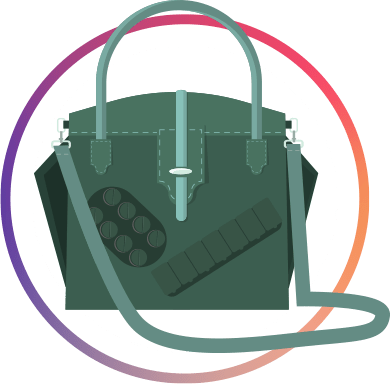
“Store” versus “keep”: Long-term medication is often stored out of sight. At the same time, caregivers tend to keep a temporary supply in purses, diaper bags or baggies. These locations are much more accessible to children. This discrepancy in storage causes a large chunk of accidental poisoning cases.
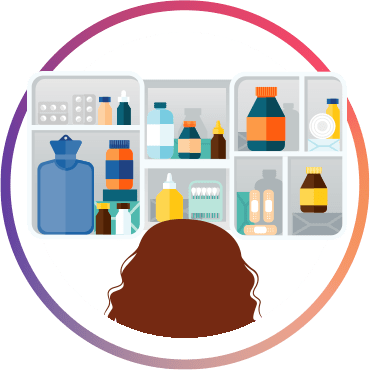
Medications stored out of sight: “Out of sight” might not really be. Children often see their caregivers retrieve medication from, say, a high-up cabinet. The kids may not be able to reach the medication (yet), but they know where it is. The time is fast approaching when a handy stool or nifty skills in climbing can get the child to that cabinet.
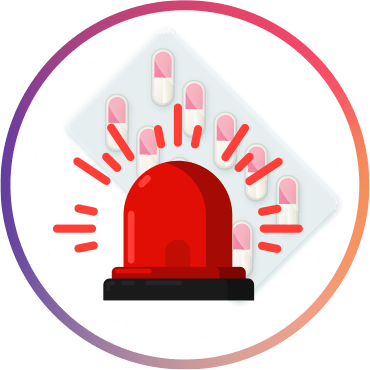
A lack of alarm: Doctors, grandparents, other parents and baby books dive into detail on issues such as car seats, electrical outlets, sharp furniture and safety gates, among many other things. Meanwhile, medication safety rarely gets the attention it deserves. Medical professionals and others must step up their game, particularly for the highest-risk children (15 to 30 months old).
So, what can parents do to balance convenience and safety? What do medical professionals need to know?
A checklist from Safe Kids touches on these items:

Store medicine every time out of a child’s reach and sight.

Remember that eye drops, vitamins and such can be just as dangerous as prescription medications.

Leave clear instructions about safety and dosages for babysitters and caregivers.

Use only the approved dosing device for liquid medication (to ensure correct dosages).

Read and explain medication labels to children so they understand how to properly take a medication.
It also urges parents not to call medications “candy.” Don’t give kids another reason to seek out these substances.
Safe Medication Disposal for Households
The table below details the best two methods to dispose of medication. It’s for medicine that has expired or that is no longer needed.
If these methods aren’t feasible, several options exist for at-home disposal. For example, a medication may have instructions to flush it down the toilet or sink. However, a public disposal location is still preferable, if possible.
Another way to handle at-home disposal is to combine the medication with something unpleasant such as cat litter. (No crushing the medication.) Next, place the mixture in something such as a sealed plastic bag. Add it to the trash.
Last but not least, remove any labels on bottles and/or scratch out personal information.
If Caregivers Suspect Poisoning
Caregivers who fear medication poisoning should call 911 right away if the child has breathing issues, is injured or is unconscious.
Caregivers should have the child spit out what hasn’t already been swallowed. They should not use ipecac for vomiting.
If the child doesn’t have symptoms, caregivers can call Poison Control at 1-800-222-1222. They can also chat online. Caregivers should have the container of medication ready (if possible) and their best guess as to how much the child took and when.
If the child put the medication on his or her skin, caregivers should remove the child’s clothing and run water over that area of skin for 15 minutes. While they’re doing that, they can contact Poison Control. If children get medication in their eyes, caregivers should aim room-temperature water into the corner of the eye for 15 minutes. They may need to call 911 if the child is in pain or if a huge amount of medicine got in. Regardless, it’s good practice to keep flushing the eye while contacting 911 or Poison Control.
Get the child out into fresh air for a medication he or she may have inhaled. Again, contact 911 in cases of breathing difficulties or loss of consciousness.
The tips above work for many substances, not just medications. Keep the Poison Control number posted in a visible place in the home. It’s 1-800-222-1222, and the website is poison.org.
Older Children and Teenagers: OTC and Prescription Drug Misuse
Two studies from the University of Michigan indicate that 11% of high school seniors misuse prescription drugs. Of these teens, 44% get their medications from multiple sources. Parents are a common one.
Meanwhile, a survey by the Centers for Disease Control and Prevention shows that nearly 18% of high schoolers have taken a prescription drug such as Vicodin at least once and without a doctor prescribing it to them.
Even children not yet in their teens can misuse medication. A child as young as 8 or 9 could be at risk. Child and teen misuse can occur in these situations:
Often, teens seek out medications for the highs as well as for increased mental performance and more energy. The DEA explains that the prescriptions most commonly misused by teens are opioids, depressants and stimulants.
Children and teens also misuse over-the-counter medications. More than 120 medications have dextromethorphan (DXM) as an active ingredient. Some teens drink large quantities or take large amounts of the gels/tablets to get high.
Symptoms of too much DXM include paranoia, hallucinations, laughter in unusual situations and garbled speech. Parents should take their children to the emergency room if they suspect a DXM overdose. Fortunately, these overdoses are rarely fatal. Fatalities with DXM occur when teens take it along with other drugs, or if the DXM effects cause them to have an accident (for instance, if they’re driving while high and get into a crash).
How Caregivers Can Reduce Child and
Teen Medication Misuse
Three big pieces of the puzzle are education, better medication storage and more prompt medication disposal. Vigilance is also important. With over-the-counter medications in particular, caregivers should do the following:
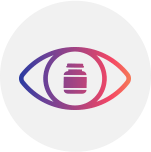
Monitor the use of OTCs so they know if bottles or packages are missing

Track any household or teen purchases of cold medicine when the child isn’t ill (or no one in the family is sick)

Keep an eye out for empty boxes of cough or cold medication in the child’s bedroom or backpack
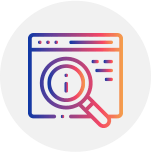
Look for DXM-related terms when checking the child’s search history
Monitoring is sometimes easier with prescription medications. For instance, parents can dispose of unneeded medications right away, and they have more control over the prescriptions their child takes. These tips may help:
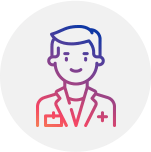
Talk with doctors and other professionals about a prescription’s potential for addiction.
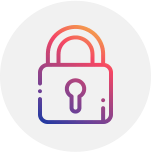
Store prescription medications securely.
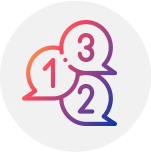
Count how many pills are in a bottle.
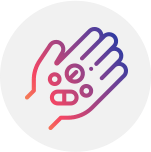
Watch your child take the medication at least the first few times (it’s easy to get dosages wrong).
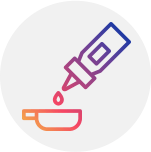
Check that the child’s usage, dosing and frequency are proceeding as appropriate, especially if you allow the child to take the medication on her own.
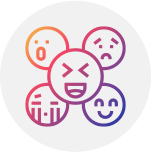
Ask the child how the medication makes her feel.
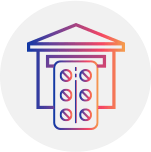
Dispose of medications instead of keeping them around in case an emergency occurs.
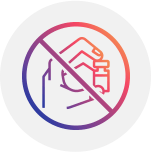
Avoid giving your child your own (or relatives’) prescriptions. Take the child to a doctor instead.
In addition, Safe Kids recommends these steps:
Everyone Plays a Part in Medication Safety
Medication safety for kids can be tricky. For instance, parents may store medication correctly except for one day when they leave pills in an accessible backpack on the floor. Likewise, well-meaning grandparents may misread a label and give the child a too-high dosage. Meanwhile, casual storage makes it easier for older children to misuse medication. A busy or distracted parent may not notice that the cold medicine needs to be restocked too often.
Medication safety, especially for younger children, is an under-addressed issue. Doctors, hospital personnel and other professionals need to discuss it more and include it in child-safety checklists. These lists should change somewhat as the child grows and should include safe disposal.
Additional Resources

Just Think Twice – DEA Website for Teens

Lessons and Activities on OTC Medication Safety – Ideas for Teachers, Parents and Others

Prescription for Disaster – How Teens Misuse Medicine

Where and How to Dispose of Unused Medicines – FDA Guidelines

Poison Control – Expert Help If You Suspect Poisoning
DISCLAIMER: The information in this guide is not intended to substitute for professional medical advice, diagnosis or treatment. All content is for general information purposes and is a summary of research based on best practices. Please do not delay seeking medical advice or treatment because of something you read in this guide.

